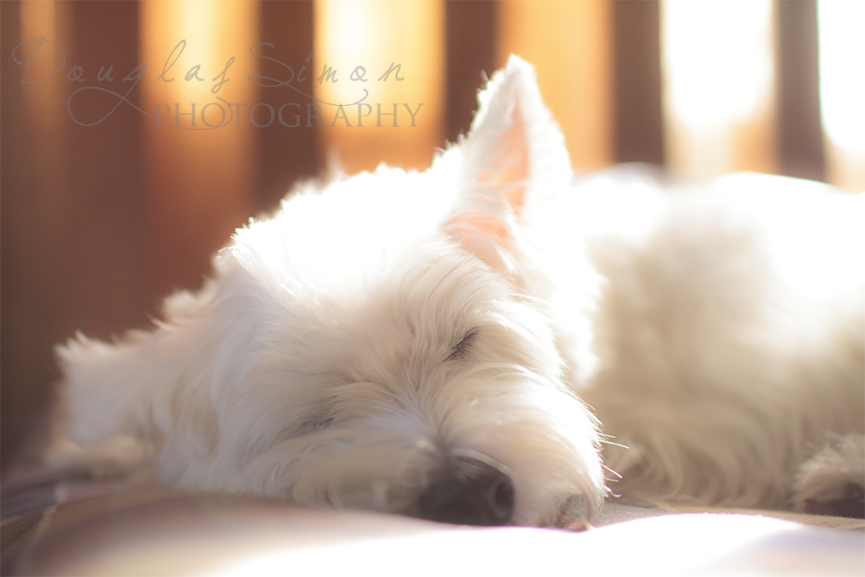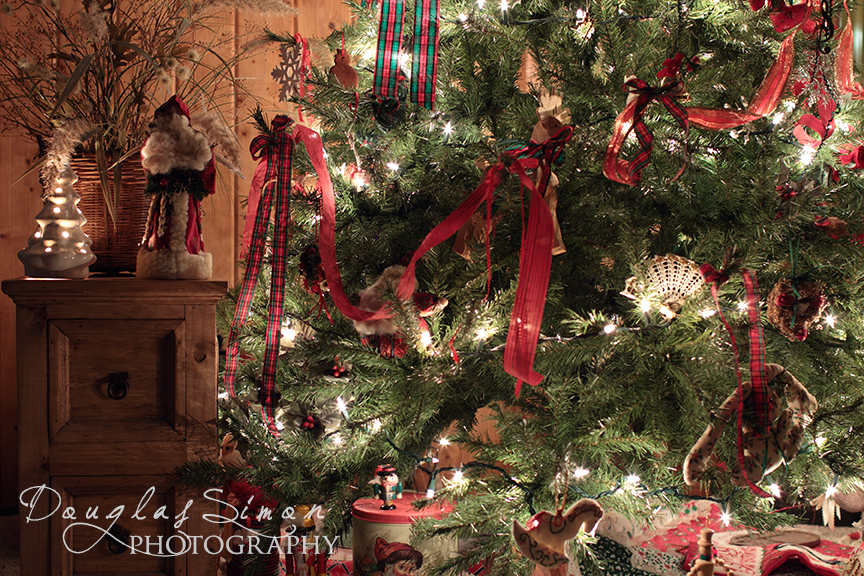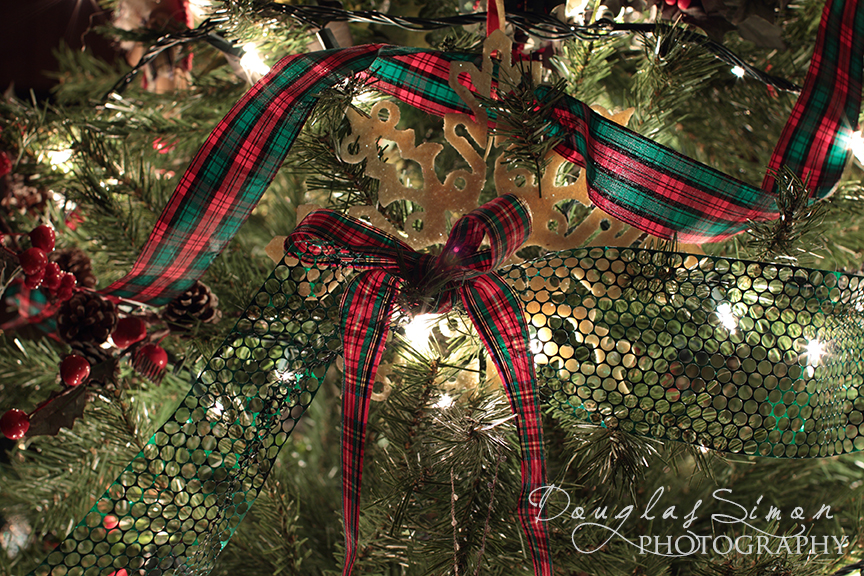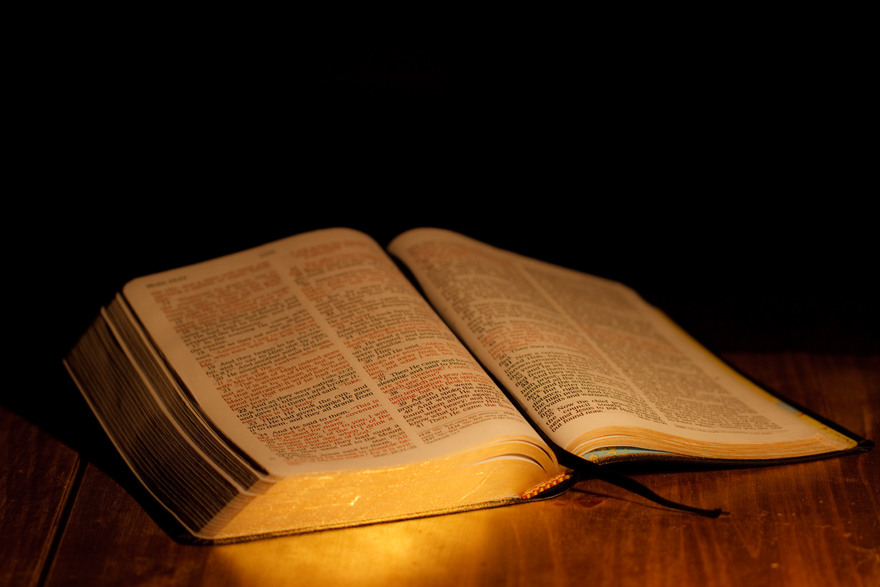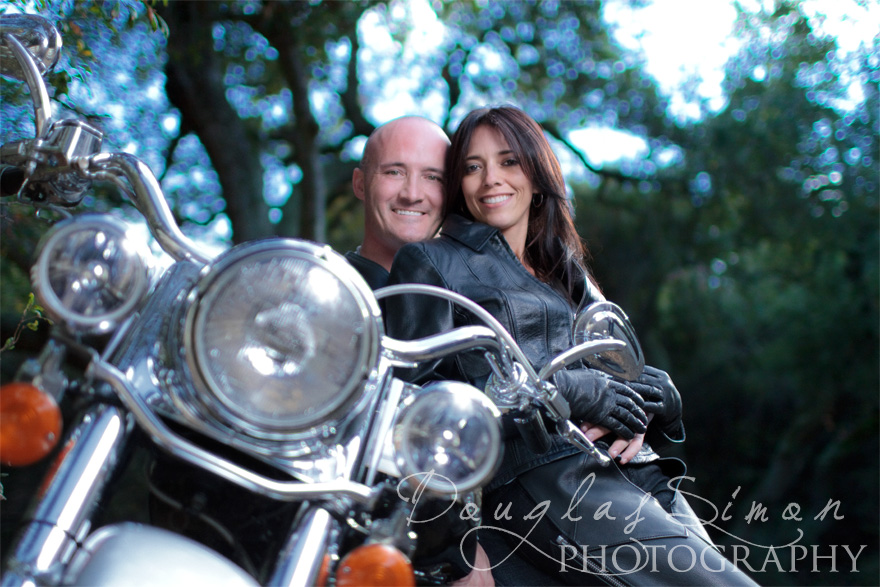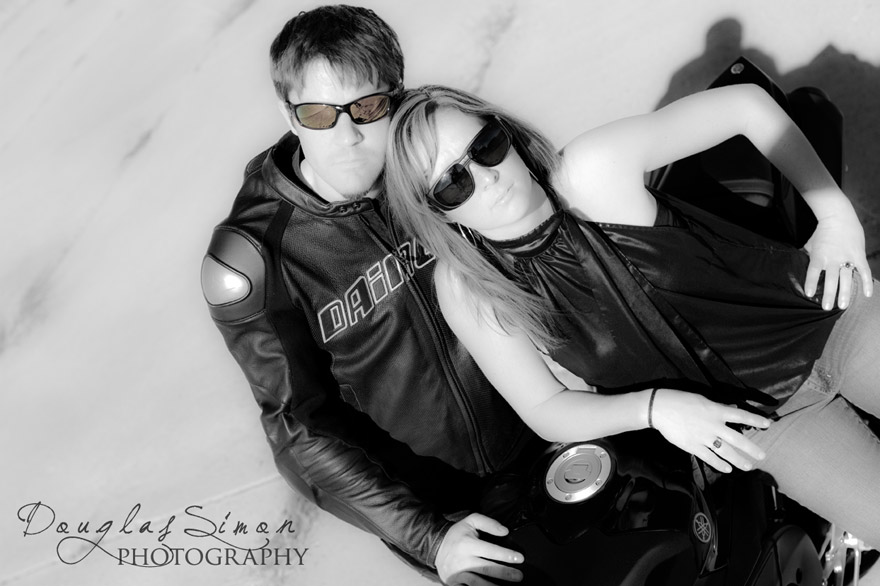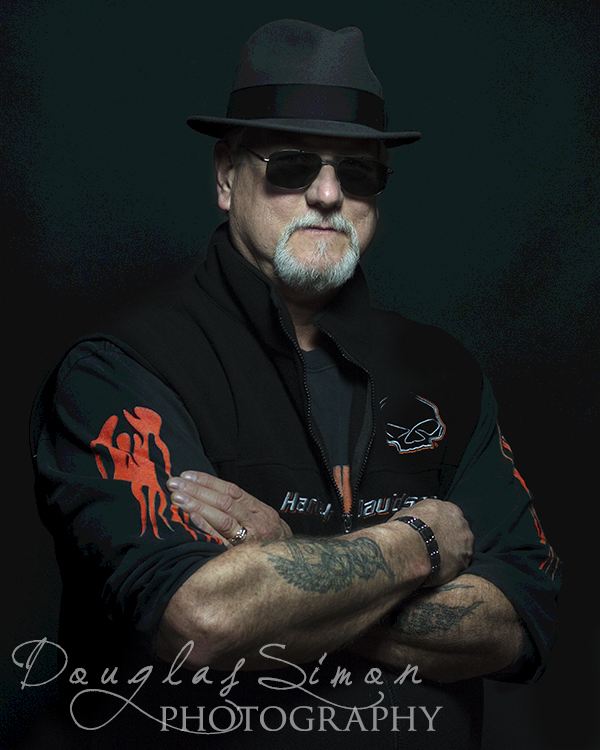 Think you need a full studio to take a terrific dramatic portrait?
Think you need a full studio to take a terrific dramatic portrait?
This is a simple one light portrait, referred to as “Paramount Lighting” (AKA “Butterfly Lighting”). Paramount Lighting was developed by a photographer at Paramount Studios in the 1930s. It was a dramatic and easy way to take publicity photos of their stars. It was an easy setup and proved to be very dramatic. Read more.
I used a 300 watt daylight fluorescent bulb and a small 16″ square soft-box with one diffuser panel. (No flash, continuous light) Placed above the camera, pointed at the subject. Used a tripod.
- Aperture 2.8
- Shutter Speed 1/160
- ISO 640
- 50mm 1.4 lens
In Photoshop I posterized the background, and saturated the orange decals.

